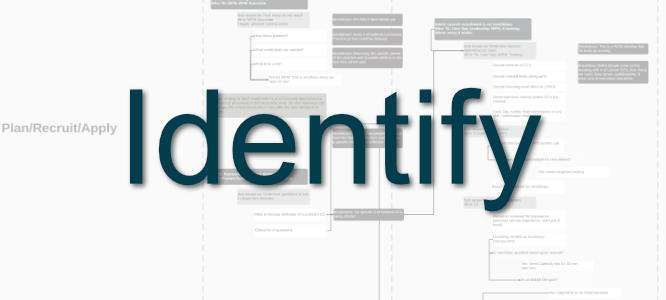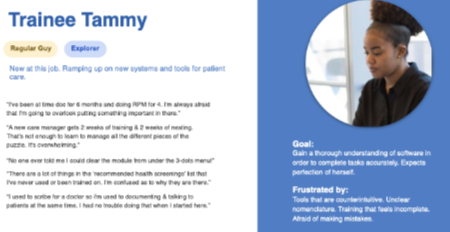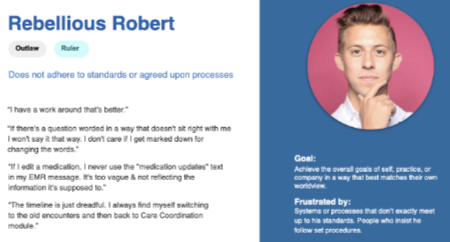
TDH Employee Experience Initiatives
Provided the research backbone for company wide improvements increasing efficiency and confidence.
We needed insight into Care Coordinators' (CCs) work practices and what behaviors negatively impacted the number of patient calls per day.
We also experienced a disturbing trend wherein a sizable percentage of newly hired CC's would leave within their first 2 months. This turnover rate
was frustrating, expensive, and risked compromising patient care.
My role
I worked with HR, QA, and recruiting teams on 2 initiatives that identified best work practices and improved the new hire experience. I conducted interviews, observed CC's working, and consolidated the data into models that illuminated the breakdowns. From these we were able to triangulate upon solutions.
The result
Introduced persona-based hiring. Reduced inefficiencies in hiring practice. Increased retention rate.
Identified most efficient task planning and workspace set up for CC's.
TimeDoc Health | Care Director Plan | Care Director | Experience Transformation














